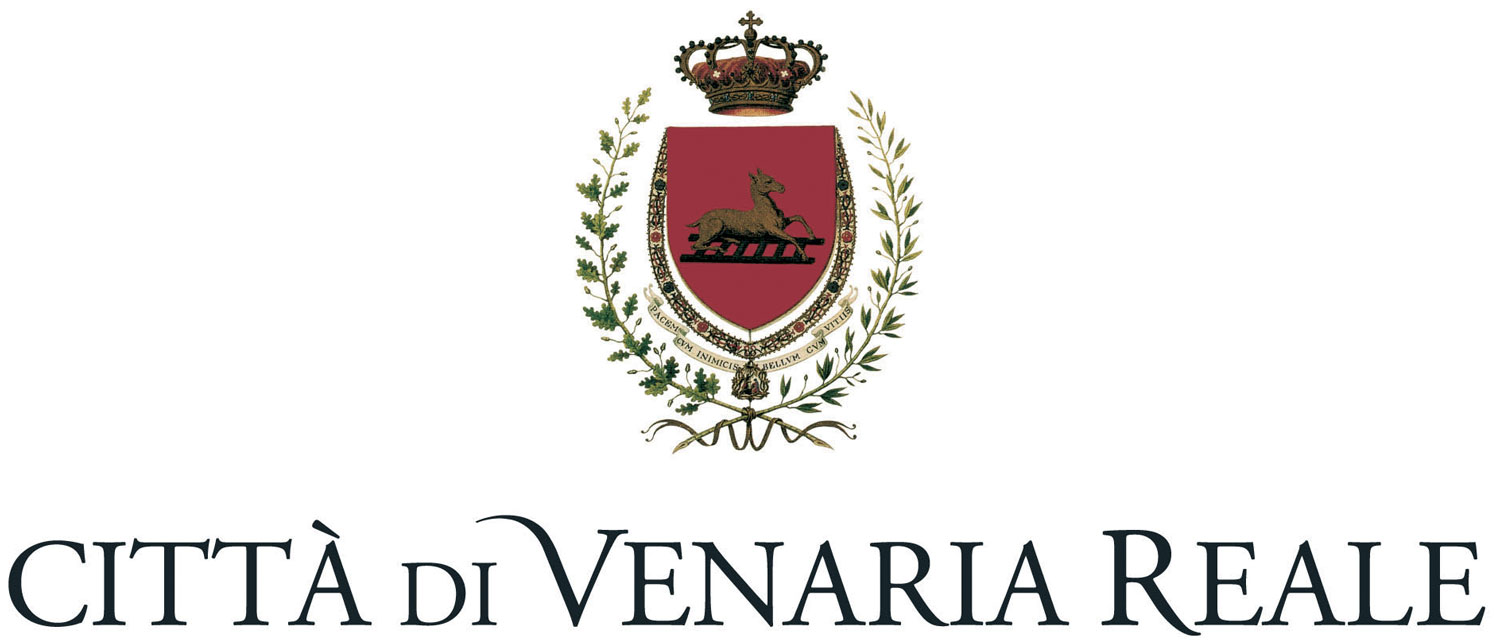The exhibition draws on the artist's extensive collection of works preserved at the Tate UK. Comprising around forty pieces, the selection includes striking and impressive oil paintings (created by Turner for exhibition at the Royal Academy in London), as well as smaller oil sketches and watercolours in which the artist gave free rein to his creativity in the reproduction of landscapes inspired by themes from classical mythology.
Active during the first half of the 19th century, Joseph Mallord William Turner (1775-1851) is one of the most well-known and best-loved British artists. He is famous for his remarkable variety of landscape paintings, extraordinary inventiveness and expressive use of colour.
His career developed during the Romantic movement during which painters broke away from the constraining artistic subjects and controlled manipulation of the neoclassical period to develop a much more personal figurative language.
After two trips to Italy in 1819 and 1828, and influenced by Richard Wilson, a British artist who spent a long time living between Rome and Naples in the second half of the 18th century, Turner began choosing Italian landscapes (real or imagined) as a backdrop for his mythological subjects, choosing more intense colours and rich atmospheric effects.
The Bay of Baiae with Apollo and the Sibyl (1823) is an excellent example of the mythological works of a more mature Turner. The backdrop of Roman ruins and the figure of the priestess Cumaean Sibyl, who faded away in time until only her voice remained, represent some of the themes Turner held most dear: beauty and decadence, glory and decline, the fragility of life and the disappearance of empires.
The exhibition is curated by Anne Lyles.
Exhibition organised in partnership with the Tate, UK
Admission:
tickets for the exhibition and "All in a Palace".
For information: tel. +39 011 4992333

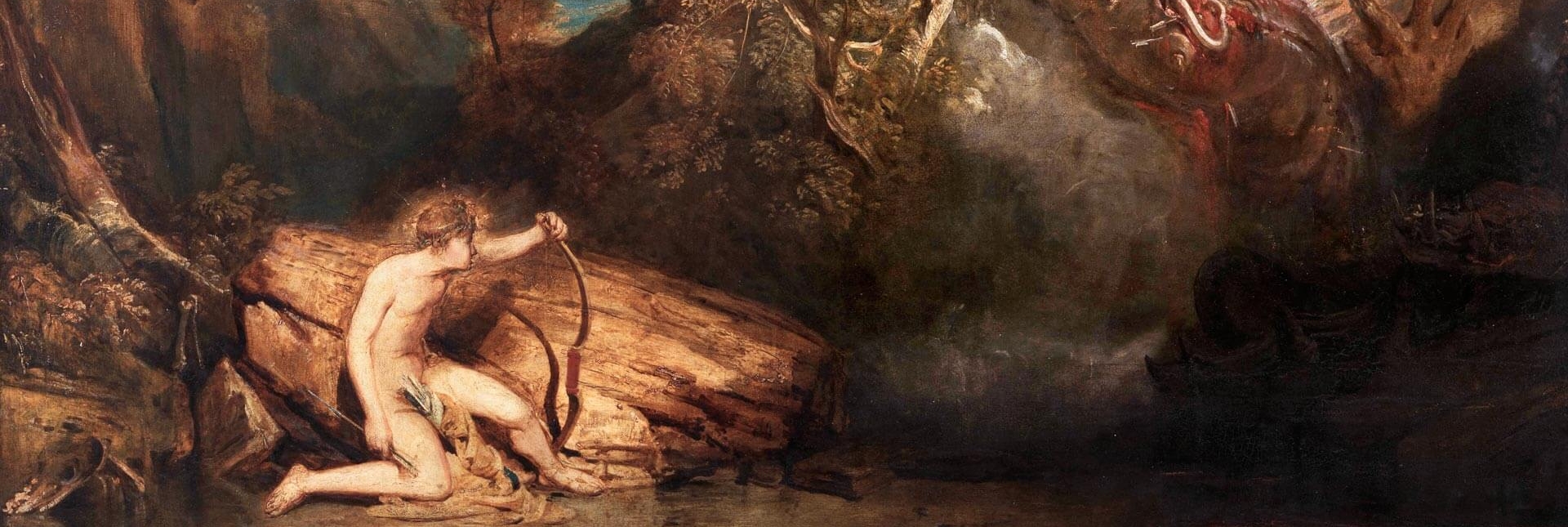
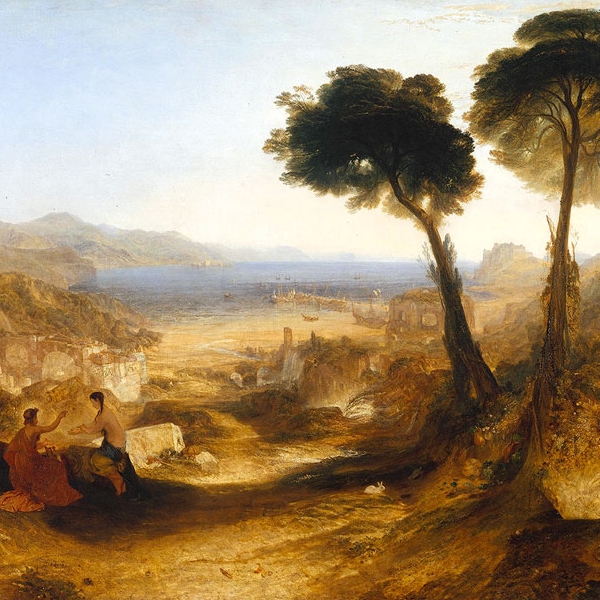
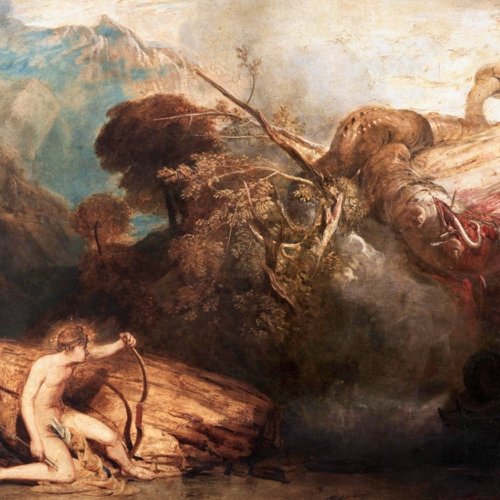

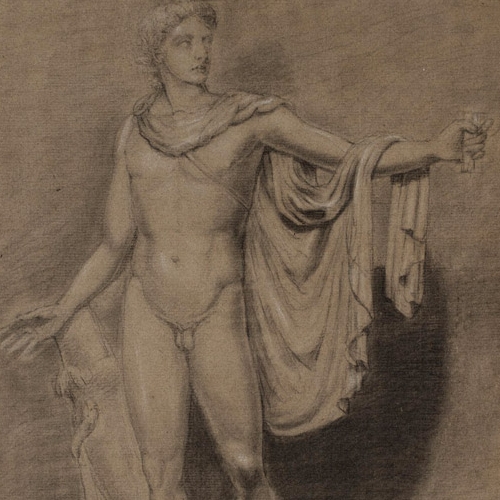
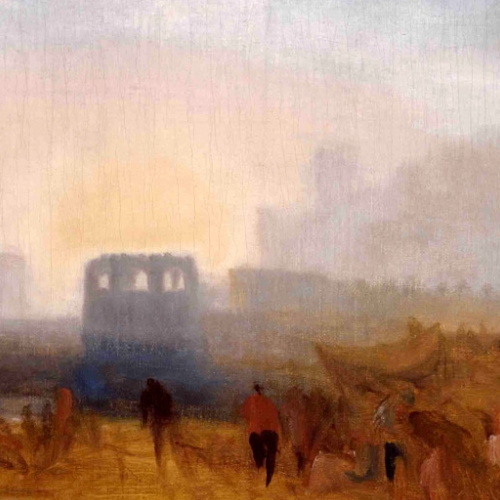


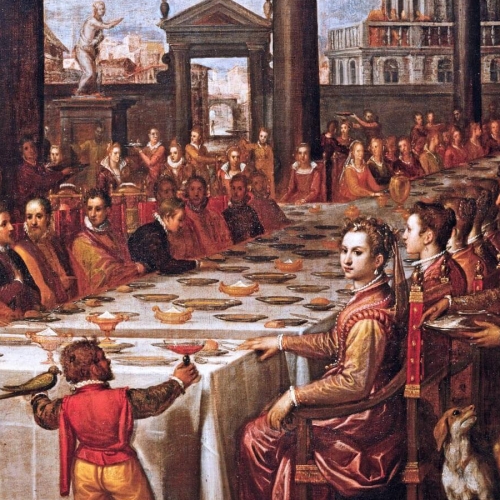
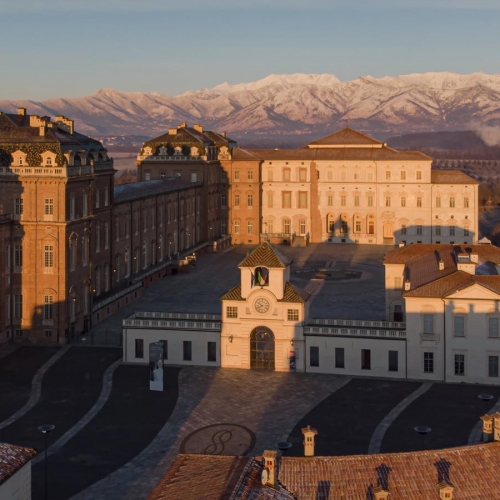
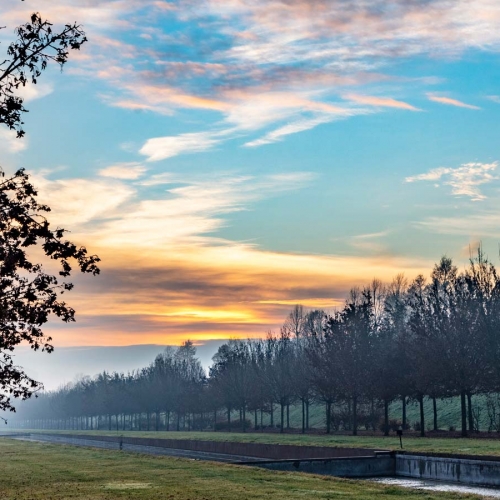
 Tickets
Tickets






